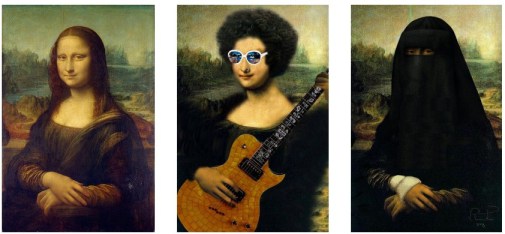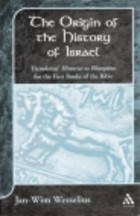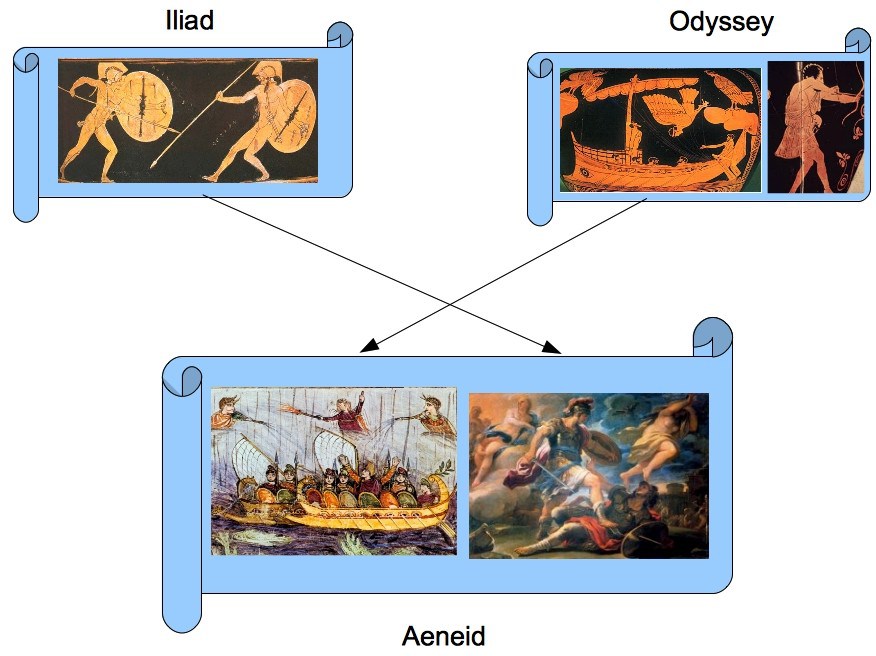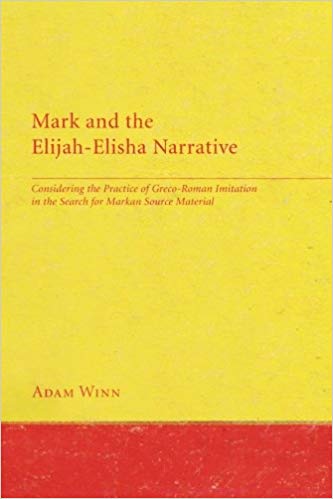One thing bugs me when I read an article by a scholar or student who is attempting to demonstrate that an author like Dennis MacDonald (The Homeric Epics and the Gospel of Mark) has lost his marbles and supposedly proclaims even the “absence of parallels” is evidence of parallels. And that one thing is ignorance (or forgetting) how parallels are known to work in non-biblical literature.
The sort of false or erroneous critique I am thinking of goes like this: Since Odysseus loses all hope in a storm at sea while Jesus rises to command the storm to cease, the reactions of the characters are arguably polar opposites so it is ludicrous to imagine there is any sort of parallel here at all. The reason I am not quick to agree with this sort of argument is twofold: (1) the context of other direct parallels is ignored; while at the same time (2) “polar opposites” are indeed by definition connected conceptually, and are known very well in other literatures to be a form of direct “transvaluation” of one character by the simple fact of the new character surpassing the feats or attitudes of an earlier one in the literary tradition.
G. N. Knauer demonstrated the rich complexity of the techniques used by Virgil in his imitation of Homer as far back as 1964 (Vergils’ Aeneid and Homer, Greek, Roman and Byzantine Studies, 5, pp. 61-84 — published again with revisions elsewhere in 1984 and 1990). What Knauer discerned in the ways Virgil studied and imitated Homer deserve to be considered in any discussion of possible indebtedness of biblical narrators to non-biblical works.
. . . Aeneas is represented throughout as a hero surpassing his Greek counterpart, Odysseus, who had passed through the same or similar situations shortly before him (in epic time). Odysseus, the victor, destroys Ismaros in Thrace; Aeneas, the exile, . . . founds Ainos in the same region. On his way home to . . . [western] Ithaca, Odysseus is shipwrecked by a storm at Cape Malaia; Aeneas, in spite of a storm, successfully passes this cape on his way west, where in the end he will find . . . home, Hesperia. Here, for the first time, one begins to sense Vergil’s purpose in following Homer. . . .
It seems clear that Aeneas, who excelled Odysseus in the first part of the Aeneid, now surpasses the Greeks who had been victorious at Troy. . . . The way in which he completes the divine mission to found a new Troy, that is Rome, elevates him morally far above the Greek heroes.
This sort of transvaluation cannot be effected apart from differences in action and character that nonetheless are connected by polar opposition. Aeneas, the exile, builds; Odysseus, the victor, destroys. Odysseus, sailing towards X is shipwrecked at Z; Aeneas, sailing towars his own X, pointedly has smooth sailing.
There is much more to the way Virgil “deconstructed” and used Homer. It was far more than just reflecting a few lines of verse here and there. At least as noteworthy as the above transvaluation goal, Virgil had clearly studied the very structure of Homer’s epics and reshaped those structures in his own work. The battles of the Iliad that preceded the wanderings of Odysseus are mirrored at the dramatic conclusion of Virgil’s epic. Odysseus is only released from his captivity to the charms of the divine queen Calypso just prior to the moment he is to fulfil his destiny; Aeneas is released from his long captivity to the queen Dido long before he can fulfil his destiny.
The differences found between the Aeneid and Homer’s epics do not all indicate absence of contact.
Some differences are as distinctly related as strong echoes off opposing walls.
Like this:
Like Loading...






